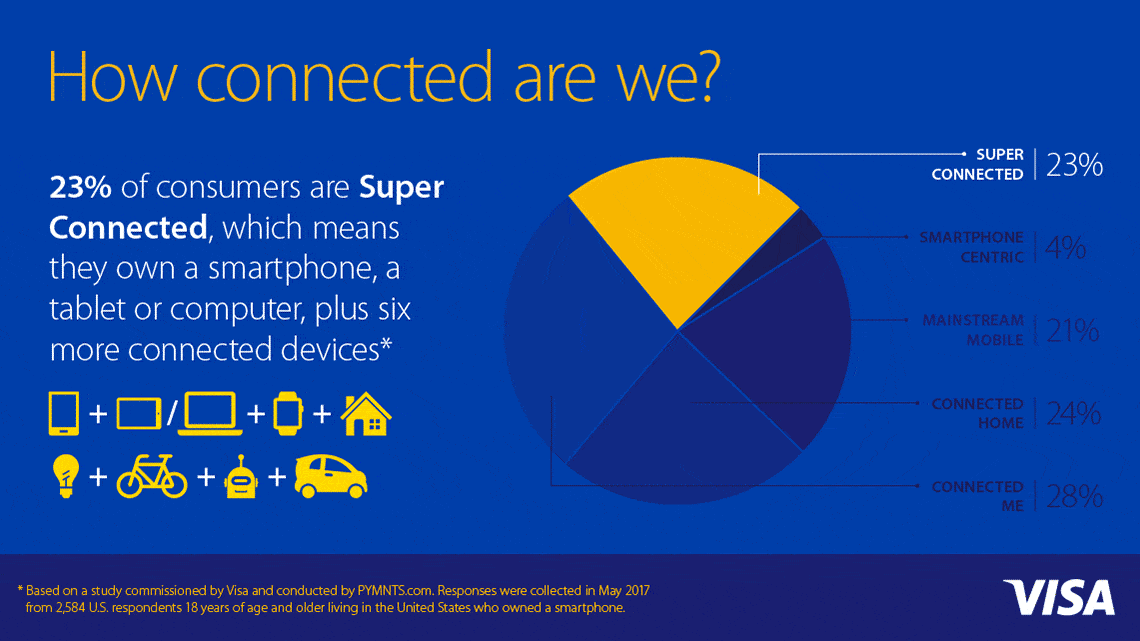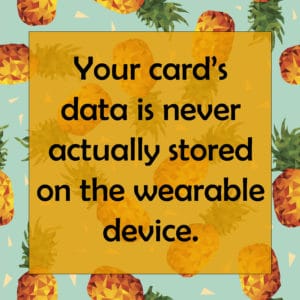Odds are you, or someone you know, received some sort of wearable tech a few weeks ago for a holiday gift, assuming you don’t already own one. From fitness trackers like Fitbit to smart watches from Apple and Samsung, wearables are a technology that continues to evolve to find its footing in today’s consumer market. The initial novelty that came with these small devices gave way to increased consumer demand for their versatility across a number of uses.
Fitbits simply tracking your steps and heart-rate are no longer sufficient; now they need to act more like a smart watch, alerting you to incoming texts and calls as well as tracking not just your steps but the flights of stairs you’ve climbed, calculating your average heart-rates, and so on. Similarly, smart watches need to be smarter than ever to keep up with consumer expectations. As the wearable tech market continues to evolve, enabling mobile payments via these devices has become increasingly important.

Wearable Payments
According to a recent study conducted by PYMTs and Visa, some 28% of consumers own a smartphone, tablet or laptop, and some form of wearable device. Another 23% of consumers are considered “super connected,” meaning they have six-plus connected devices. As consumers become increasingly more connected across a variety of devices, it’s easy to see why the concept of “mobile payments” has become dizzyingly more complex within the last few years.

American adoption of mobile payments has been slow, at best. Few consumers feel the need to forego their plastic cards to use their mobile devices. However, the idea of wearable tech payments could help to tip the scales more in mobile pay’s favor.
Visa is betting on this by rolling out a slew of wearable payment options at the 2018 Winter Olympics in PyeongChang next month. For both athletes and attendees alike, a variety of wearable options will be on sale before and during the games, including contactless payment-enabled gloves, stickers and commemorative pins. Each of these wearable options allows consumers to safely and securely purchase things without worrying about losing their card in the process, since the worn device uses a token of their card data.
Tokens, tokens, and more tokens
We’ve talked before about the importance of tokens in payments. The quickest explanation of tokenization is from our blog on security and convenience:
“Tokenization works by creating a token for customers, so that when you place your order your token, rather than personal information itself, is retrieved. This means faster and more convenient payments with the highest security since your data isn’t actually entered on the device; instead it’s part of a secure transaction with banking-level encryption.”

This principle is how one-click payments on Amazon or PayPal are possible. It’s also the process used by wearable tech. Your card’s data is never actually stored on the wearable device, but rather a token that represents your account. That means that if the device is compromised, you simply need a new token, not a whole new account.
What This Means for Merchants
For now, wearable tech is mainly a novelty concept. However, as card companies and mobile creators alike continue to push mobile pay further into the mainstream, the idea of wearable payment tech will likely grow as well. Luckily, when you work with Pineapple, we provide you with the technology needed to stay ahead of whatever the payments industry throws your way. Click here to find out about the amazing technology we can get you set up with and the completely customizable options we offer, guaranteed to fit the unique needs of your business.

